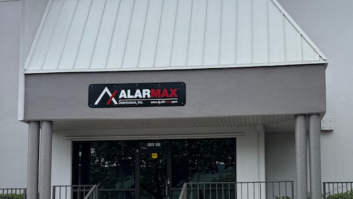DirecTV chairman Eddy Hartenstein told satellite TV retailers gathered at the Satellite Broadcasting & Communications Association’s (SBCA) Retailer Rally here that if the merger between Hughes Electronics and News Corp. is approved, DirecTV will dramatically expand its local and HDTV services.
Hartenstein referenced a filing his company made to the Federal Communications Commission (FCC) the night before, including a timetable for delivery of service enhancements after the merger, including local TV services in every market in the country and “at least 200 to 300 national and local HDTV channels” by 2008.
By the end of 2004, DirecTV pledged to use its new DirecTV 7S spot-beam satellite (due to launch in 2004) to deliver local stations to 30 markets in addition to those previously announced. Or DirecTV will add 30 more national HDTV channels or a combination of the two, reflecting the level of demand and the available bandwidth.
By the same time, DirecTV would use new middleware from a News Corp. subsidiary to present a new user interface in subscribers’ set-top boxes (STBs) followed by “a suite” of interactive TV services including news, sports, weather, traffic and games.
Additionally, the filing states that the merged operation would launch a new generation of satellites as early as 2006 and no later than 2008 that would provide capacity for local TV coverage in all 210 designated market areas in the United States. It would also enable DirecTV “to transmit more HDTV programming to subscribers, including local channels in HDTV format in select markets.”
By 2005, DirecTV said the merged company would offer “very competitively priced set-top boxes with fully integrated digital video recorders, which will result in the deployment of at least 1 million such STBs each year thereafter.”
Coincidentally, rival EchoStar at the same time announced it had reached the 1 million DVR mark among DISH Network subscribers.
During his remarks at the retailer rally, Hartenstein said DirecTV would draw on its high customer satisfaction ratings as a key weapon in fending off cable operators who are now ramping up digital cable programs for retail distribution.
He pointed to a recent J.D. Powers and Associates study on cable and satellite that indicated consumer satisfaction is much higher among satellite homes, adding that combined DBS subscriber totals now top 20 million customers — or one in every five homes.
He added that DirecTV continues to be the top ranked multi-channel TV service in J.D. Powers consumer satisfaction surveys.
Hartenstein said the satellite industry faces key legislative threats and urged retailers to continue to put pressure on state and federal legislators for the following:
- The prevention or repeal (where appropriate) of discriminatory state TV satellite service taxes.
- Renewal of the federal Satellite Home Viewers Improvement Act (SHIVA) when the current one expires next year.
- Stop the use of DBS frequencies by Multichannel Video Distribution and Data Services (MVDDS) for terrestrial transmission of multichannel TV services that could interfere with signals provided by established services delivered via satellite.
Hartenstein said that with the merger Hughes would gain a new “major minority” shareholder that has worldwide experience with satellite TV.
“When it comes to DirecTV, News Corp. gets it,” he said.













